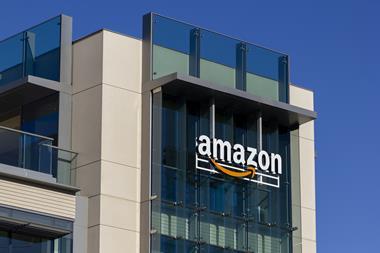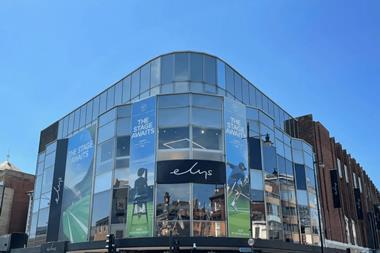With huge challenges put upon the retail sector in recent years, it’s no wonder some companies and employees are ending up burnt out and disengaged, Rise Up examines how to rectify this.
Now is the time to recognise the need for change and put steps in place to re-engage the workforce, supporting the development of a resilient team.
Resilience, often an overlooked quality, is essential in ensuring employees can cope – and thrive – when times are tough.
Explore challenges and opportunities specific to retail L&D
Rise Up Learning Hub is the one learning event you can’t afford to miss, with an agenda that has been custom built by learning leaders who understand retail. Learn how to improve a retail company’s workforce while ensuring that the offerings of L&D are not only effective and efficient, but also engaging and enjoyable.
Changing habits has resulted in new demands
With a huge uplift in ecommerce brought about by the numerous lockdowns, the way in which retailers work has had to evolve.
As requirements change, staff knowledge and experience has to keep up, which presents a significant challenge when people have to adapt incredibly quickly.
Finding ways to re-engage your workforce relies on upskilling and reskilling teams to ensure they have confidence in their role, and a degree of control over their work-life and the impact they can have.
Investing in talent is key
Traditionally, the retail sector has always lent itself to a high staff turnover, however this was exacerbated during the pandemic.
Improving staff retention is a win-win situation, as employees are engaged, not looking elsewhere and HR resources can be spent in L&D rather than on constant recruitment.
A key benefit of re-engaging your workforce is embracing the talent you worked hard to find and onboard in the first place.
Retailers invest significantly in hiring top talent but tend to pay less attention to maintaining high levels of engagement after staff are settled in.
High levels of employee engagement result in a higher quality of work, a clear benefit for companies of any size.
Establishing and keeping hold of an engaged workforce relies on having a successful learning culture, where employees are empowered to see their development at a company as a process.
A learning culture embraces creativity, innovation and forward thinking, and allows employees to fulfil their potential – a key aspect of building a resilient workforce.
How to create a learning culture
Employers can establish a learning culture by putting employees front and centre, and listening to requirements.
As working environments in the retail sector have shifted from storefronts and offices to online, with remote and hybrid options the requirements of employees have changed.
A learning culture that will embrace this change – offering opportunities for upskilling and reskilling in ways that will be accessible and most beneficial for employees – is key.
To embrace a learning culture it’s important to make learning an intrinsic part of the employee experience, setting expectations as early on as possible that employees are expected to continue learning and growing, with the support to hone their skills, regardless of role.
“Good line management with regular check-ins and reviews to ensure progress is a good way to keep a learning culture on track”
Good line management with regular check-ins and reviews to ensure progress is a good way to keep a learning culture on track.
It’s also key for businesses to lead from the front, with L&D leaders demonstrating a commitment to a learning culture by making time themselves for continued professional development.
This culture supports investment in your teams, a huge step in re-engaging employees in a post-pandemic world.
Establishing a learning culture that sits at the heart of a business relies on having the tools to do so, therefore equipping teams with technology that lends itself to learning and development is invaluable.
An engaged workforce embraces the future of retail
In times of change, an engaged workforce becomes a key stakeholder in the success of a business.
When put under pressure, strong foundations built upon a culture of learning will support teams to re-engage with their work and wider company goals.
When we are challenged and have to prioritise agility and efficiency, is it the most engaged employees that will be able to step up and demonstrate resilience.
L&D leaders are the ones who can best create communities, listen to and support employees in a world of ever-changing requirements, and establish a culture that supports success.




























